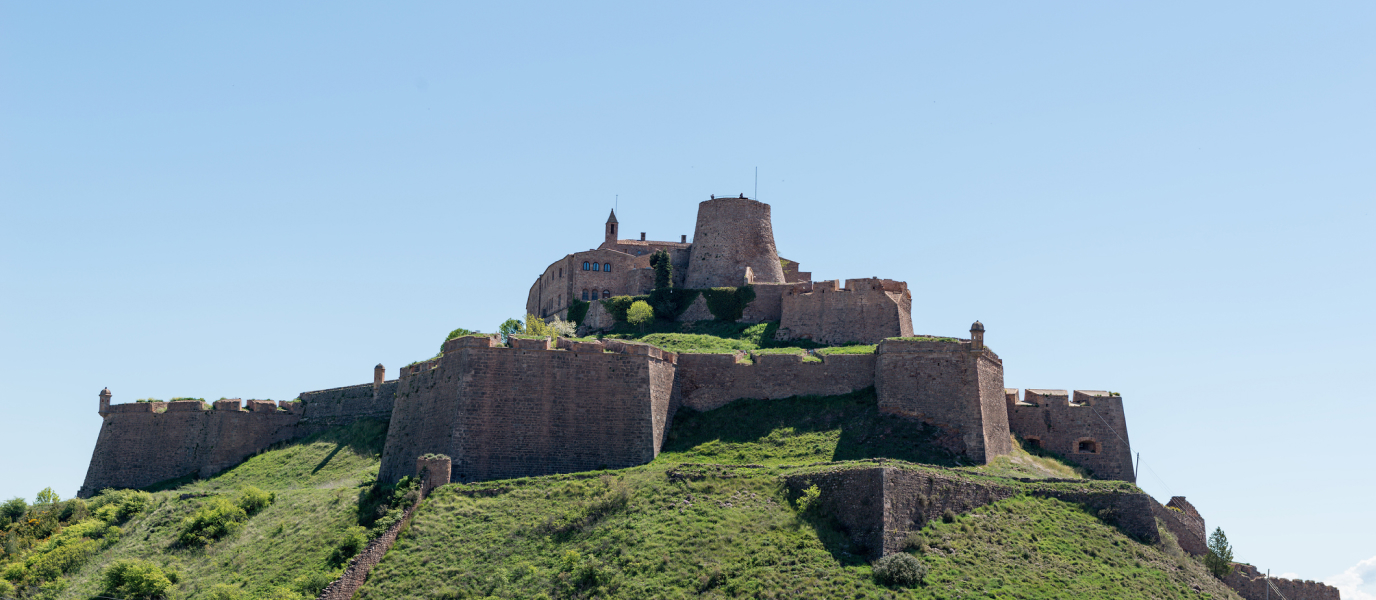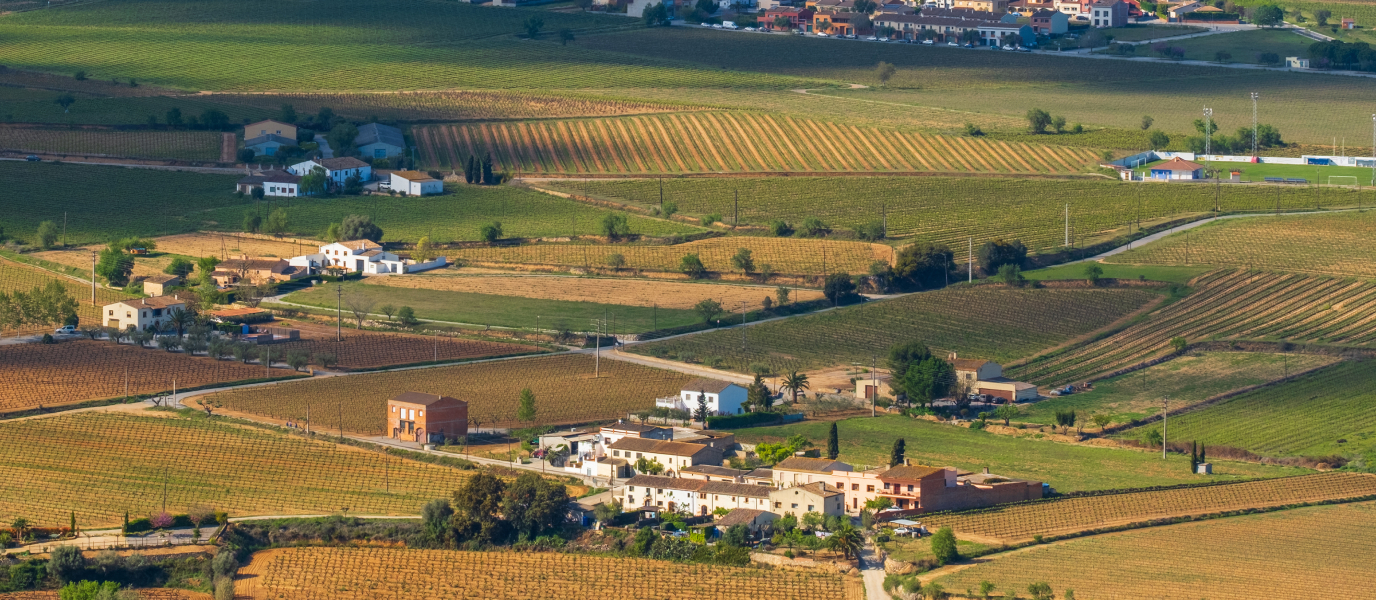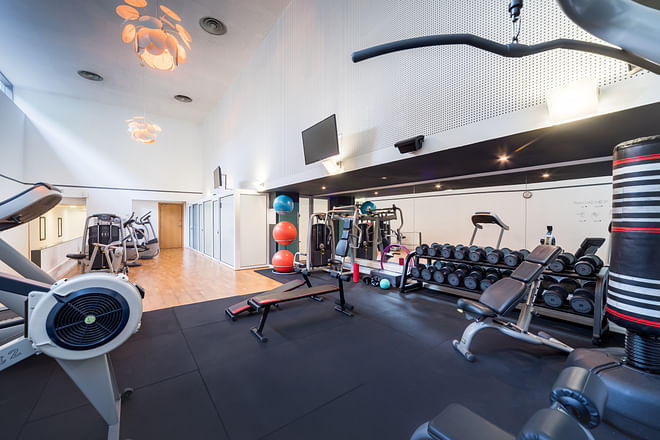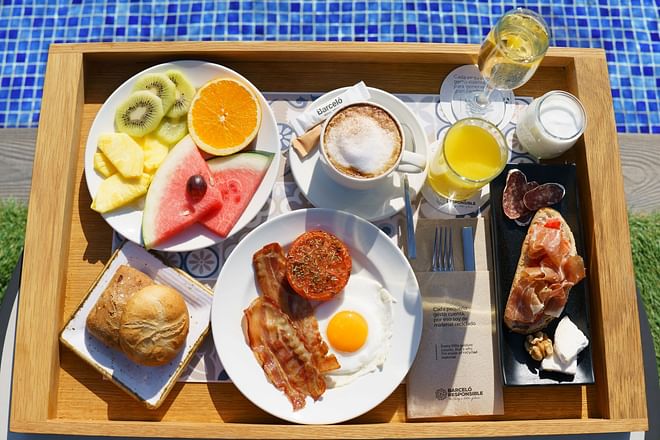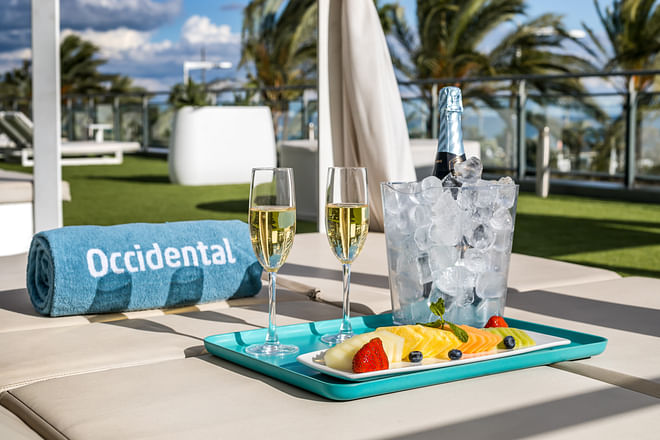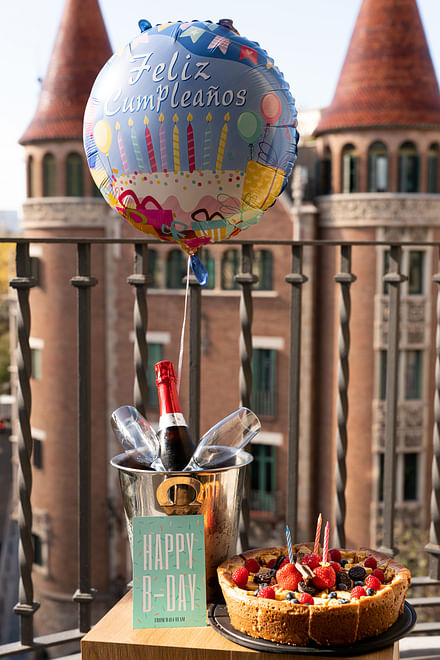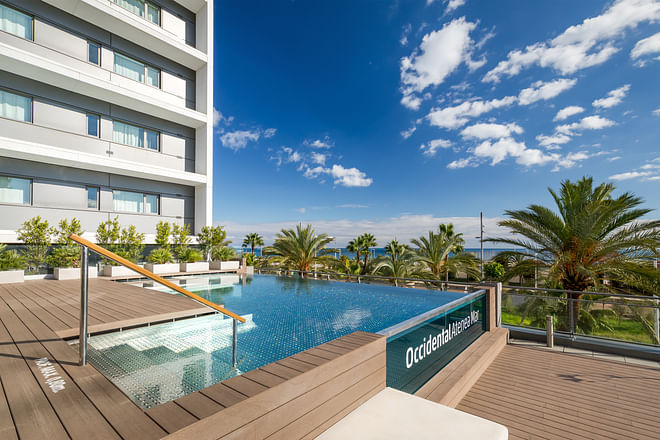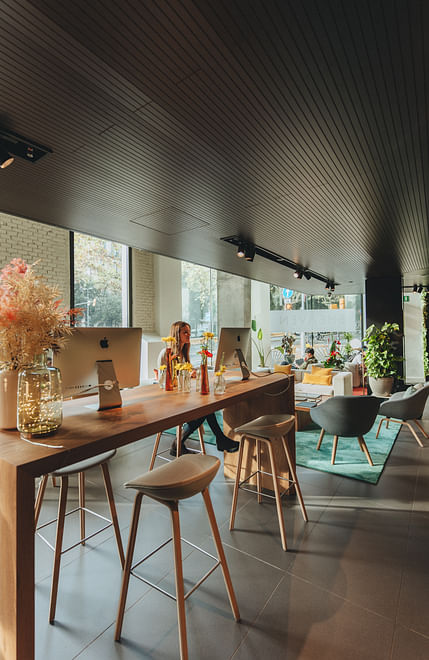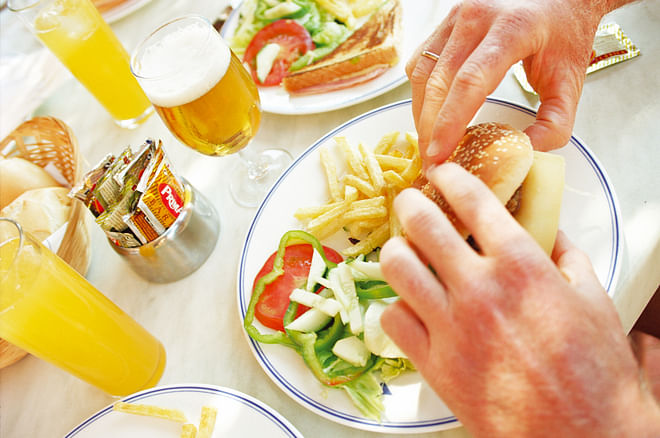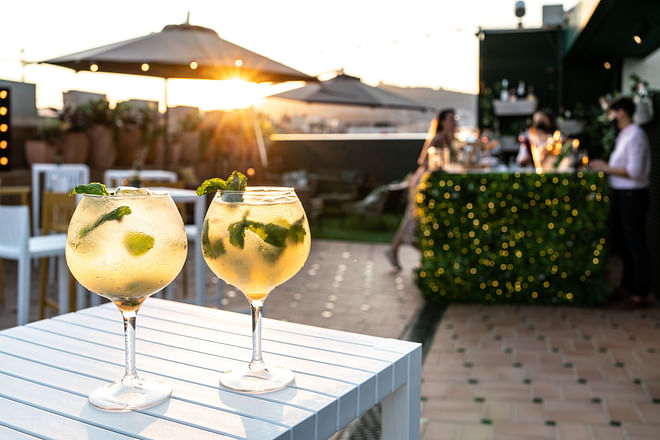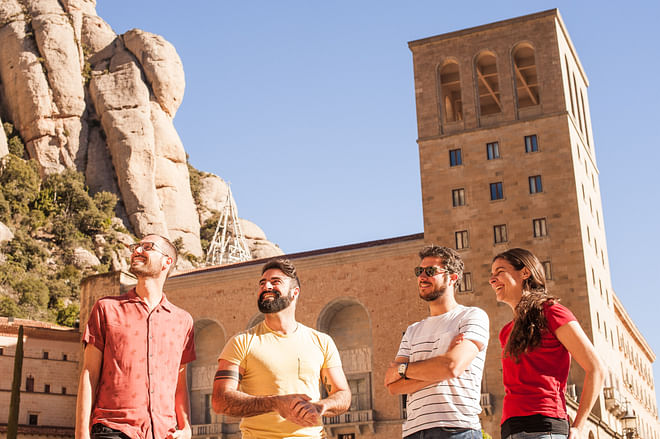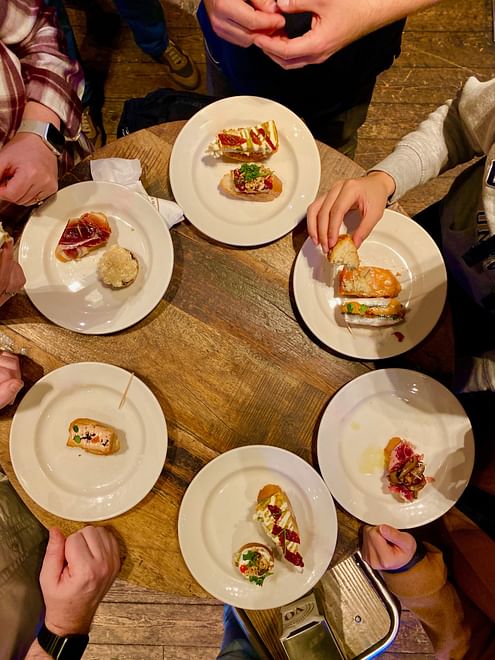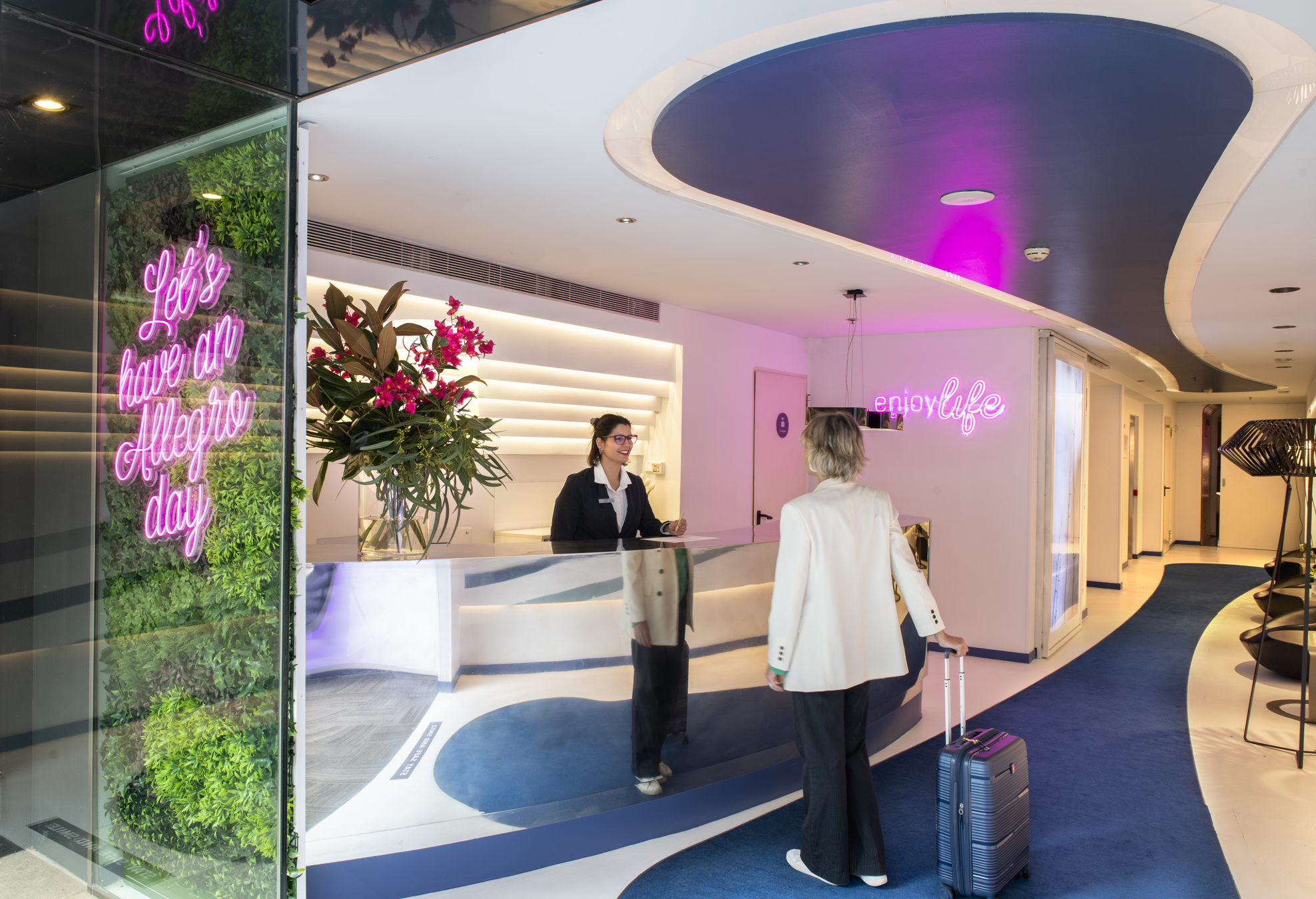Calella is just 50 kilometres (30 miles) from Barcelona and the beaches, food and people of this small corner of the Maresme are the true essence of the Mediterranean. The Plaça de l’Ayuntament, once known as El Mercadal, is the local meeting point in this old fishing village that is now a tourism centre for sun and sand holidays. A market is run in this square every Wednesday that is dedicated to the god Mercury, patron saint of commerce.
Calella beaches
There are beaches around Calella that will suit every type of preference and visitor.
- Coves and small beaches: Las Rocas is a small beach to the south of Calella with crystal-clear waters surrounded by rocks. It’s very close to the lighthouse and the Turrets, and there is a restaurant on the beach so you can eat right on the sand. Las Rocas is surrounded by four little coves: Rocapins, La Vinyeta, Cala d’en Pere (nudist) and La Roca Grossa.
- The big hotel beach: Garbi beach sits opposite the line of beach-front hotels and it has won the Q For Quality Award and has Blue Flag certification. It’s the perfect beach for having fun with your family and also offers holidaymakers the chance to try their hand at several types of water sports. There are two beach football pitches, nine beach volleyball courts and a basketball court, plus a beach bar serving refreshments. The beach is over half a mile long and has a bicycle lane running along its promenade.
- The city beach: You’ll find La Playa Grande next to Paseo Manuel Puigvert. Always at the heart of any cultural or entertainment event, this is the liveliest beach in the area. It has three restaurants, two beach football pitches, nine volleyball courts and a basketball court set along almost a mile of sand, which can also be visited by strolling along under old plane trees on the promenade.
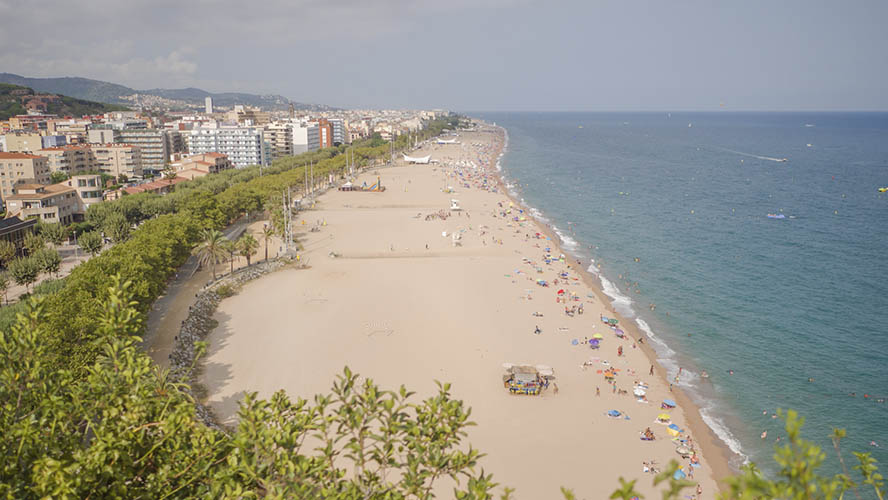
Calella by sea
Snorkelling and open water swimming are two activities with an increasing number of fans in Calella. In fact there is now a clearly marked swimming route known as Víes Braves that runs along the whole coastline. Visitors can use it to discover, from the water, small coves dotted among the cliffs while they explore the sea bed. Group events are run during the summer months that reveal the incredible nature found in this area as seen from the sea.
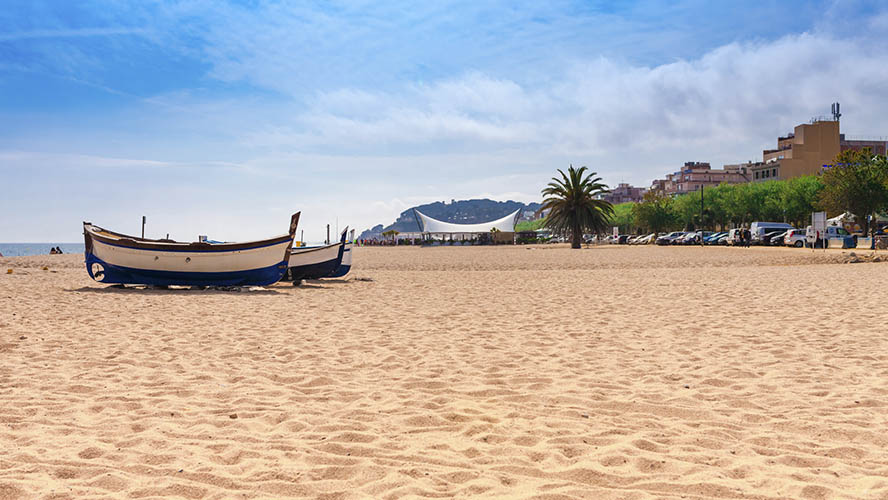
Calella lighthouse
The lighthouse is the symbol of Calella and is set on a cliff top 50 m above sea level where a defensive tower was previously located to see off attacks by pirates. It’s still in use today and its beam can be spotted by ships up to 35 nautical miles away. Visitors can enjoy incredible views from this spot, particularly at sunset. The Festival Nits d’Estiu a Calella is held here during the summer.
Its viewpoint has 360° views of the sea and the mountains in the Parc del Montnegre i Corredor.

Air raid shelter
Three air raid shelters were built in Calella during the Spanish Civil War. The shelter in the park has a 66 m gallery with three side galleries leading off it and has become an Asset of Local Cultural Interest registered in the Archive Museum. Calella was bombed during two air strikes and this shelter is a reminder of the defence of the civilian population. It has been open to visitors since 2010 who can learn more about the city’s history through information panels and the audiovisual film “Witnesses of the War”, where Calella residents describe their experiences during the conflict and post-war years.
Calella Municipal Archive Museum
This multi-disciplinary space is located in the centre of town in a large, three-story seventeenth-century country house that is connected to the archive via a large courtyard. Highlights of the collection include the Gallart art gallery, the Farmacia Valle, which was built in the Modernist style at the beginning of the twentieth century, and the reproduction of an old kitchen. Over 15,000 objects are displayed and include everything from archaeological remains discovered when excavating the Roman villa to stitch samplers and textile machinery, as textiles were a thriving business in the city during the eighteenth century.
Trails in Montnegre
The foothills of the Parc del Montnegre i Corredor run down to the sea, creating hiking routes along the way. These clearly marked routes are part of the trails and paths of the Maresme.
- Ruta de l’Esquirol: Umbrella pines provide food and shelter for the countless squirrels that live in Parc Dalmau, which is reached after following this seaside trail under the shade of plane trees and date palms.
- Ruta del Corb Marí: You’re likely to spot a wide variety of birds along this trail. From the Las Rocas viewpoint you can see cormorants drying their feathers and seagulls circling the Turrets.
- Ruta de la Guilla: The ‘fox mountains’ are speckled with holm oaks and create a green space that is home to foxes, squirrels, genets, badgers and many different bird species.
Food by the seashore
You can’t visit Calella without enjoying a rice dish on the beach. Is there anything more Mediterranean? An afternoon siesta, perhaps. Typical fish from the area that you should try include John Dory, common sea bream, gilt-head bream, sea bass and cod, while grilled langoustines and prawns is also a very typical dish. For meat-lovers, dishes such as pig trotter stew, chargrilled butifarra sausage with beans, snails, beef with mushrooms or roast lamb all make excellent choices.
Local festivals: colour and tradition
Calella has maintained its local festivals which are celebrated all year round and include carnival, Sant Jordi, the Aplec de la Sardana and the night of San Juan [Saint John’s Eve].
One of the most colourful events in the calendar is Corpus Christi when the streets are decorated with flower carpets made by local residents; the city explodes with colour and floral scents thanks to these street drawings created by volunteers. Visitors have one day to walk the city and enjoy them all before they’re destroyed by ‘giants’ and ‘big heads’, traditional figures in a parade.
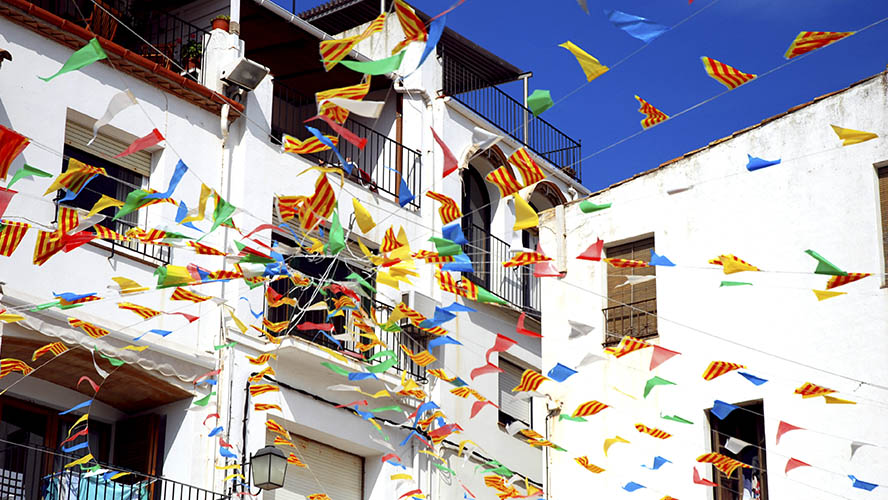
But the biggest festival in Calella is held on 16 June in honour of Sant Quirze and Santa Julita. A whole week of festivities starts with dinner eaten outdoors the evening beforehand. Celebrations include giants, fire-runners and lots of music and dancing by the sea along Paseo Manuel Puigvert and under the balconies in Calle Bruguera.
There’s no doubt about it: when you visit Calella, you’ll enjoy the true essence of the Mediterranean.






























































